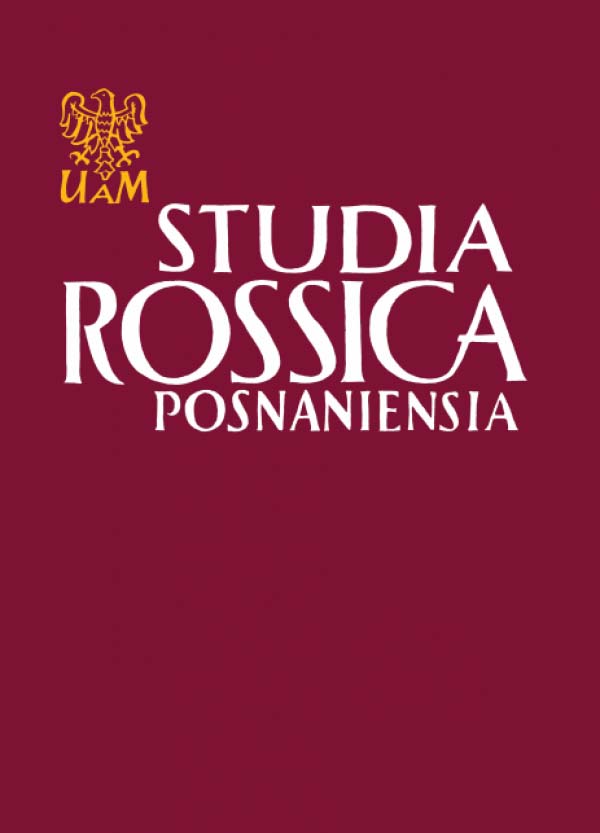ПИР ВО ВРЕМЯ ЧУМЫ А. С. ПУШКИНА ОПЫТ ЦЕЛОСТНОГО АНАЛИЗА ИДЕЙНО-ХУДОЖЕСТВЕННОЙ СТРУКТУРЫ
FEAST IN THE PLAGUE A. S. PUSHKIN. A STUDY OF THE INTEGRAL ANALYSIS OF THE IDEOLOGICAL AND LITERARY STRUCTURE
Author(s): Rita PoddubnajaSubject(s): Studies of Literature, Philology
Published by: Uniwersytet Adama Mickiewicza
Summary/Abstract: The integral analysis of Feast in the Plague reveals the ambivalent nature of its ideological and literary structure. The first part (up to the Priest appearance) plays the role of an introduction to the action, acquainting the reader with the characters, showing their moral position and disposition of forces in the conflict. In contrast to the traditional type of introduction, Pushkin’s introduction is extremely dynamic, and characteristic of him — the internal action of a quickly developing philosophical and ethical collision. The dynamism is created by each of the characters having their own moral position within one seemingly common position, which predetermines the problems creating the tragedy microconflicts which prepare the way for Walsingam’s hymn as an expression of a new, nonnormative and integral philosophical and ethical systems, adding new content to the fatal situation and behaviour of the man faced with it. The Chairman’s hymn shows the supremacy of nature and intellect of his creator and glorifies strong individual set up face to face with laws of the universe not controlled by the individual, not wanting to be a powerless object in the hands of fate. The hymn is pervaded by a strong feeling of the limits of human abilities, by a proud and rebellious consciousness that the individual, in trying to overcome it encroaches on God’s and fate’s prerogatives, and claims to possess their characteristics, primarly—immortality. As well as this, the Hymn overflows with the hope of remaining on this limit, for mortality, passionately hoped for, but hypothetical, does not preclude a completely real end. Finally, Walsingam’s new ethics treat the fatal situation as an experimental сhance for a person to test his individuality. The motives described are fused together in the Hymn, so that it is ethically complicated and demands a practical test both of the hero, and of the system itself. The role of this ethical practice is fulfilled by the second part of the play, and it is its central conflict, the highest point of the philosophical and dramatic tension of the action. Walsingam’s duel with the Priest is a trial of the opponents’ humanitarian systems, which becomes the highest and absolute criterion of evaluation of both people and of their acts, and their ideas. The battle dialogue reveals the deep contradictions in the Chairman, forces him to put a new, ethically negative value on himself, and on his central position in the tragedy. This, however, does not indicate his opponent’s victory. The unification of value remains the principal trait of the consciousness and position of the hero, and also the ending of the tragedy. The picture of the development of the problems corresponds fully to the specific character of the dramatic structure, demonstrating the time and space continuum of infinitely continuous action organised on the basis of dialogue compressed for the stage. The tragedy concentrated into a small fragment, which replaces and represents it, reveals traits of poetics closely related to the future theatre of Chekhov, and from another point of view, to the poetic laws of cinematography.
Journal: Studia Rossica Posnaniensia
- Issue Year: 8/1976
- Issue No: 1
- Page Range: 19-43
- Page Count: 25
- Language: Russian

